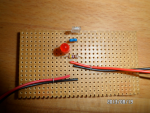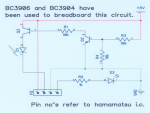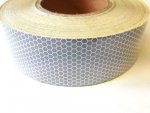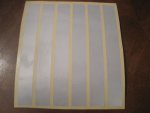Buzby
Senior Member
Prompted by erco's clever robot, I decided to dig out my S9686's and play around with them again.
I've got an S9686 and a little laser. In fact I've got a few of each, bought them all about 3 years ago.
Wired one up on a small breadboard, just with an LED and resistor for indication. There are four new AA's providing 6.4v when on load, and a 100nF decoupling cap close to the S9686.
The circuit is so simple I can't see any issue there, and I've checked it repeatedly, even built again with new components on a new breadboard.
There are three types of reflector I'm trialling, the 'grey' sheet stuff, some 'hexagon' sheet, and an industrial reflector, which is the best, but very expensive !.
The problem is I'm getting no range at all. I have to shine the laser directly onto the sensor for it to trigger, even in a pitch black room.
Now, the strange thing is I built exactly the same test rig about 3 years ago, and it worked fine. Easily detected any reflector at 5ft in daylight.
So what could be different now ?. Have the lasers or the S9686's 'aged' somehow ?.
Any suggestions welcome.
Cheers,
Buzby
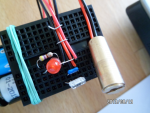
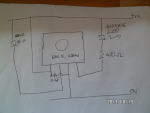
I've got an S9686 and a little laser. In fact I've got a few of each, bought them all about 3 years ago.
Wired one up on a small breadboard, just with an LED and resistor for indication. There are four new AA's providing 6.4v when on load, and a 100nF decoupling cap close to the S9686.
The circuit is so simple I can't see any issue there, and I've checked it repeatedly, even built again with new components on a new breadboard.
There are three types of reflector I'm trialling, the 'grey' sheet stuff, some 'hexagon' sheet, and an industrial reflector, which is the best, but very expensive !.
The problem is I'm getting no range at all. I have to shine the laser directly onto the sensor for it to trigger, even in a pitch black room.
Now, the strange thing is I built exactly the same test rig about 3 years ago, and it worked fine. Easily detected any reflector at 5ft in daylight.
So what could be different now ?. Have the lasers or the S9686's 'aged' somehow ?.
Any suggestions welcome.
Cheers,
Buzby


Last edited:

